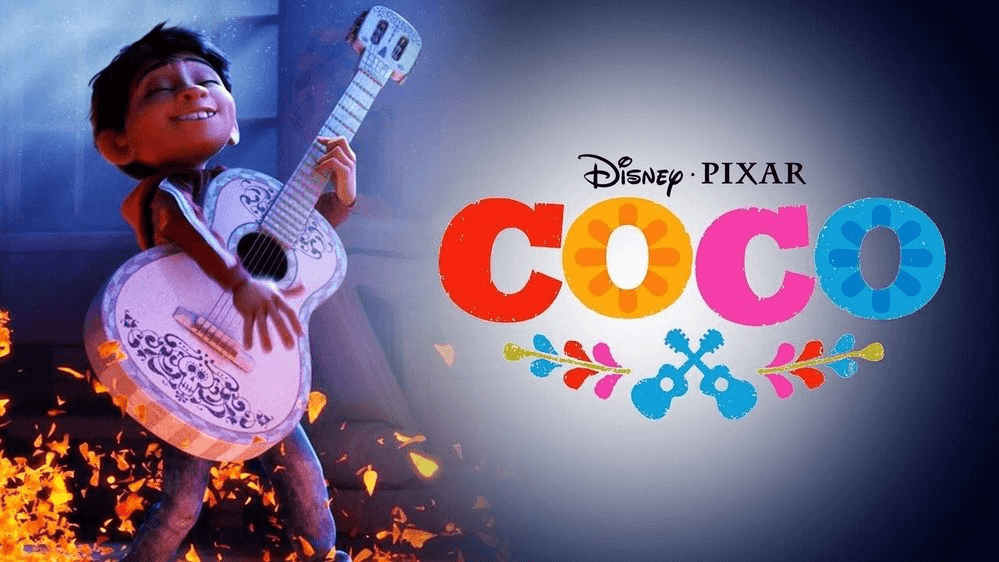This Mexican belief revives this tradition in the film Coco, which tells the experiences of Miguel, a 12-year-old boy who wants to be a musician and facing his family’s refusal because they just dedicate to manufacture footwear, he steals the guitar from someone he believes is his great-grandfather in the cemetery mausoleum on the night of November 1st. An entire adventure of laughter and tears is triggered when he is taken to the Land of the Dead to learn that his relative, the musician, is Hector, the real father of Coco. “Being a family” shows its importance at this point when Hector is about to be forgotten because his picture is not on the altar of the Day of the Dead celebration. His body begins to disappear and he goes out of the mind and heart of Coco, Miguel’s grandmother. At this moment of the film the meaning of family ties during life but also after death is emphasized. Love, affection and family links do not disappear with someone’s death. Moreover, the film shows the importance of remembering those who have died, preserving their teachings, honoring them with joy and gratitude. The best of the film is that it is easy for children to understand. Although they understand death better than adults, they require contact with the subject so it does not become a drama or a taboo.
Coco allows us to analyze the fact of “being a family”, sharing the same blood and the same traditions and keeping the memory of dead beyond the pain of the loss. It is oriented to the homage of the deceased through the customs in each social group or culture but with joy, knowing that they don’t suffer anymore and they just need to be remembered. We can do this by keeping in mind every moment they shared, the lessons they transmitted to their families, the happy events they lived.

